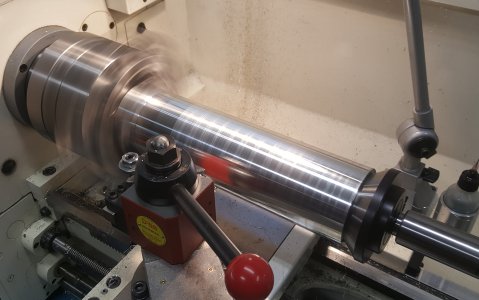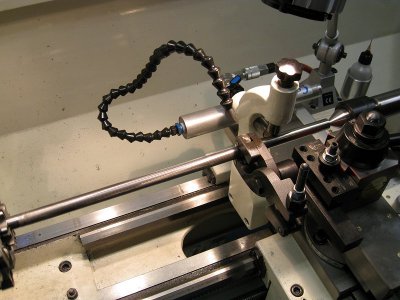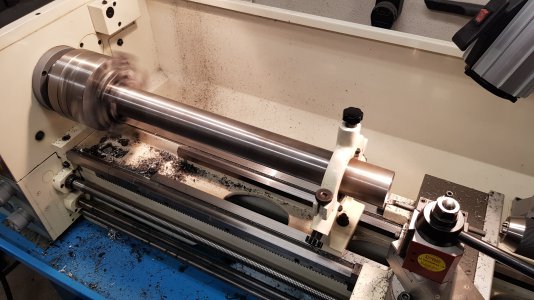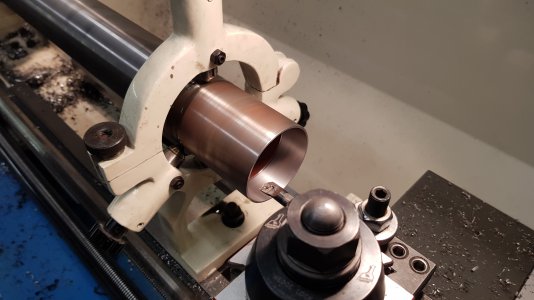The rule of thumb I use for unsupported work is 2X the diameter; beyond that, use a live center.
A steady rest has many uses but perhaps its most useful is when you have a work piece with an OD bigger than your spindle can pass. In that case, it has to stick out of the chuck and requires support. If it is solid then you use the steady rest so you can face and then center drill it before bringing in your live center. If it is hollow then you use the steady rest to put a 60 degree chamfer on the inside so you can use your bull nose center. Sometimes the work piece is odd shaped and you need to use a "cathead" that looks like a spider; the cathead has a round surface that the steady rest can ride on.
As far as I know, there are no established rules for a follow rest, although I could be wrong. I use a follow rest rarely because my HSS tools don't deflect much but there are times when the work piece is obviously too long and deflection is a certainty. I don't hesitate to use a follow rest if I think I need it, and this is especially so if I need to hold tight tolerances or if I have a lot of stock reduction to do on the part. If I don't have a lot of turning to do, I usually wrap a piece of stiff paper to pull the work piece into the tool, lube it well and hold it by hand and go; this works better than you might think.
One trick that is useful when using a steady rest is when you want to avoid marring the finish with the fingers of the rest. Use a piece of heavy paper and put it around the work, under the fingers, then clamp the paper to the frame of the steady rest. Put some oil under the paper and proceed to work as usual. The paper usually prevents any significant marring, and what there is comes off easily with a bit of polish if required.




